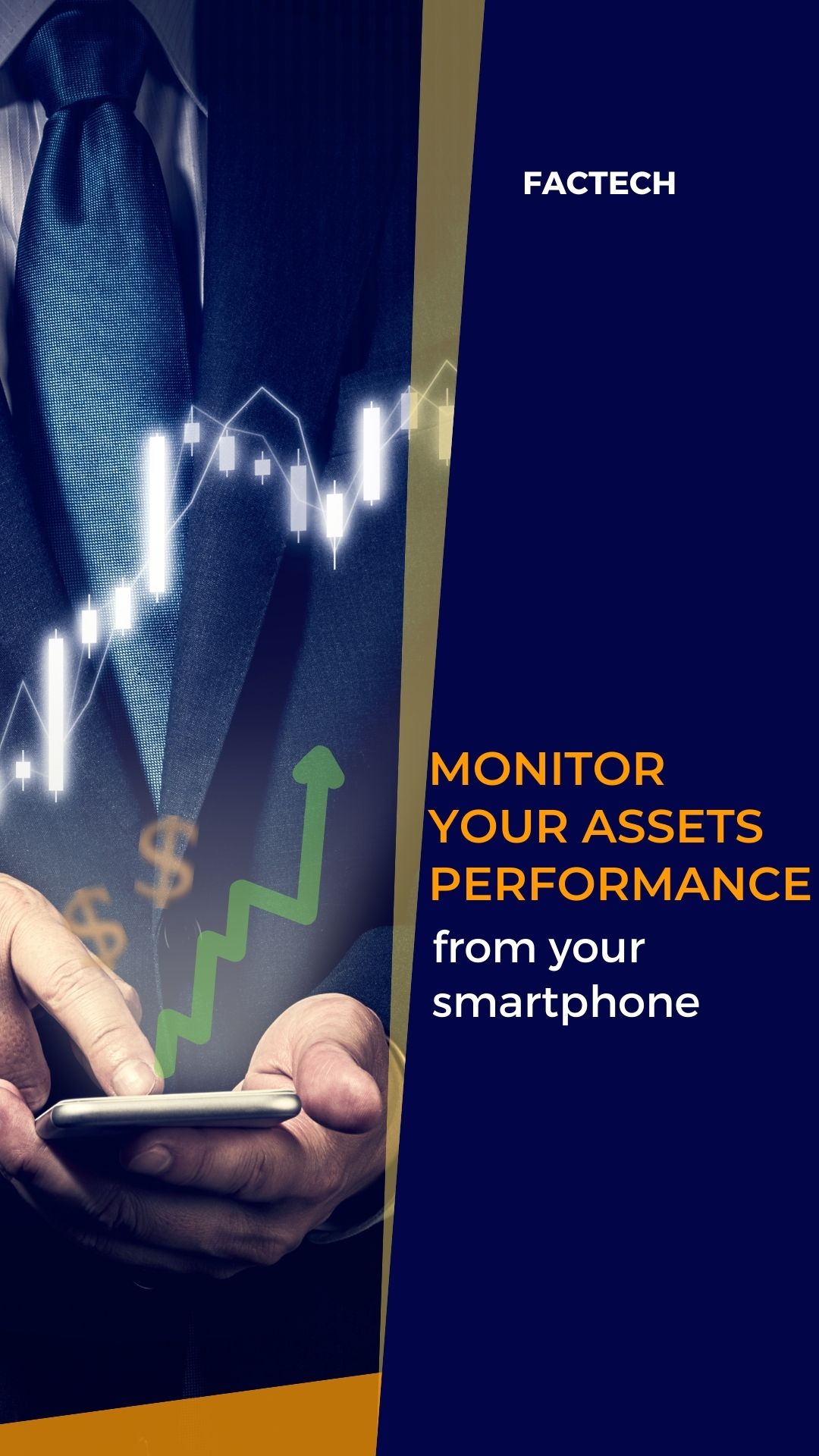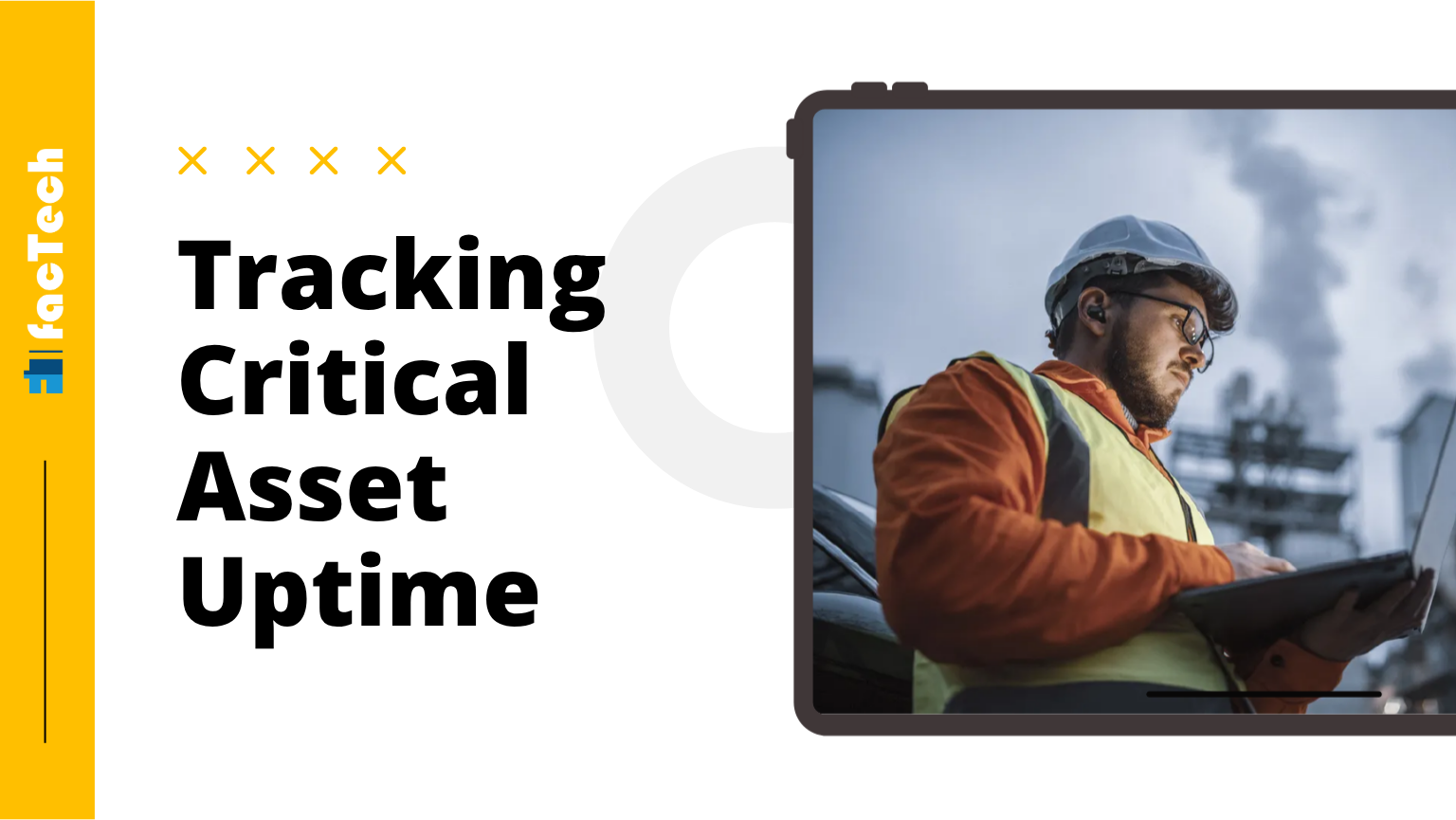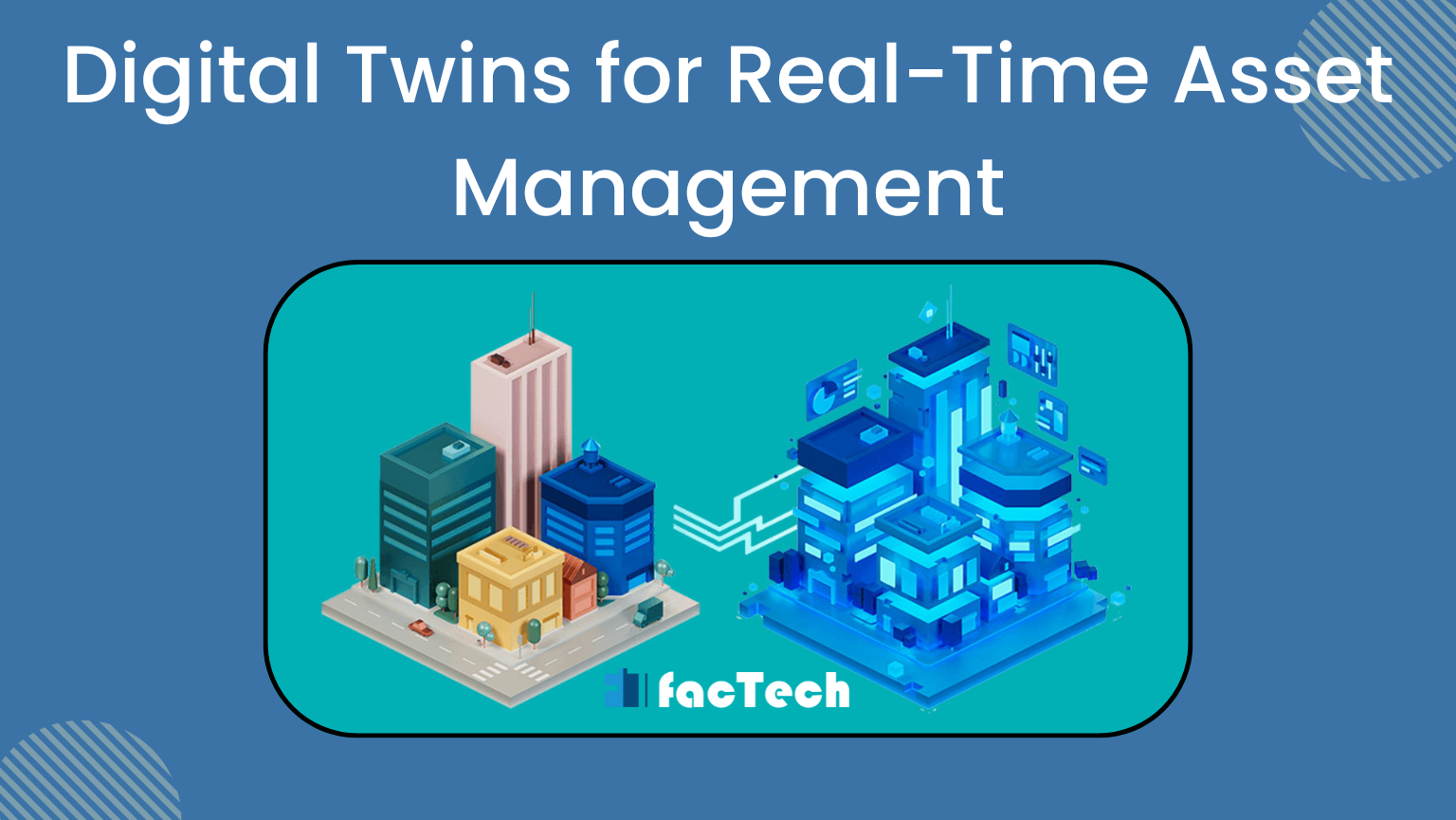Asset Performance Monitoring in Facility Management
What is Asset Performance Monitoring?
Monitoring the performance of an asset while it is in use is known as asset performance monitoring. Data could include things like energy use, uptime, and output quality.
When conducting operations, a company is operating in the dark if it doesn’t have reliable, current information about an asset. Monitoring asset performance and value generation is crucial information for asset optimization. Asset performance monitoring can help you avoid wasting money and spending based on assumptions about how an asset actually works.
Traditional asset management techniques are combined with cutting-edge digital technologies in modern APM to change reliability, maintenance execution, and business success.
APM Benefits to Business
APM uses people, processes, and technologies to increase physical asset uptime, revenue, and longevity. This helps businesses save money while lowering operational expenses and risk. With high customer satisfaction for on-time delivery and product quality, APM helps ensure assets have the potential for optimal operating performance to fulfil today’s dynamic business and production goals. With the help of this APM strategy, it will be possible to steadily increase important performance indicators like uptime, mean time to repair (MTTR), asset longevity, on-time shipments, quality/yield, and safety. Improvements in executive indicators including revenue, profit, customer happiness, work-in-process (WIP) inventory, and return on assets are a result of success with these measurements (ROA).
Proactive Asset Performance Management with IIoT and Analytics
With the help of advanced analytics, the Industrial Internet of Things (IIoT) offers new opportunities to increase the dependability of industrial assets, allowing owner-operators to move closer to the goal of zero unplanned downtime, which many view as the ultimate goal for maintenance and operations.
Preventive maintenance is predicated on the idea that failure patterns get worse with time or use. Unfortunately, just 18% of assets fall under this. The failure patterns of the remaining 82% of the assets are random. Contrarily, predictive maintenance (PdM) methods foresee failure using data from processes and equipment that is collected in close to real-time. In order to anticipate failure with a better level of certainty and fewer false positives, PdM combines several data sources with analytics.
Improved uptime, asset longevity, maintenance cost reduction, and safety are typical advantages of proactive maintenance. Businesses in the industrial sector should re-evaluate their asset management plans and think about implementing more condition monitoring and preventative maintenance technologies.
To organise and track Facility Management Jobs, Factech provides Kaizen, a comprehensive asset management solution:
- Fixed Assets: These include things like HVAC panels, lifts, diesel generators (DGs), and STPs.
- Scheduled or Planned Task: Scheduled maintenance chores, such as DG A Check, etc. You can set up recurring tasks in the 52 Week Calendar to receive auto-alerts.
- Task breakdown: Ad hoc task breakdown.
- Asset Performance Monitoring Insights: Kaizen assists you in keeping track of the efficiency of your assets, such as your transformer, chiller, and STP. Intelligent data provides you with insights for better decision-making.
- IT and Al-Driven: Through edge devices, Kaizen is integrated with your BMS or current assets. You receive recommendations from Kaizen Al-based Analytical services based on the past and present.
- DG Efficiency: Monitor your DG’s effectiveness and gain access to analytics. Better data-driven decisions can be made.
- Complete an asset maintenance task: Take care of any planned or emergency maintenance for the asset.
- Scheduled task auto alerts: configure and receive auto-notifications for your scheduled or planned tasks.
- E-checklist: a digital checklist available through mobile apps.











Leave a Comment